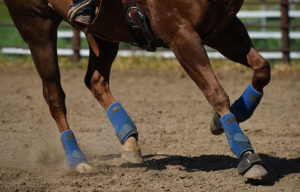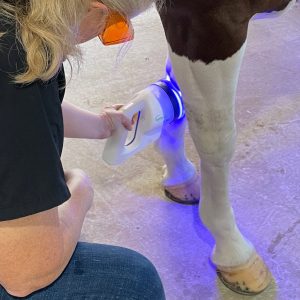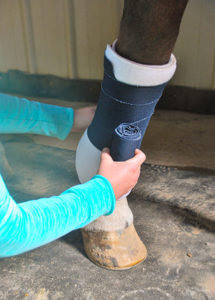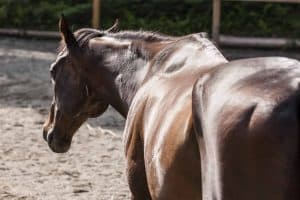Is My Horse a Tick Magnet?
- Topics: Article, Farm and Barn, Horse Care, Insect Control, Lyme Disease
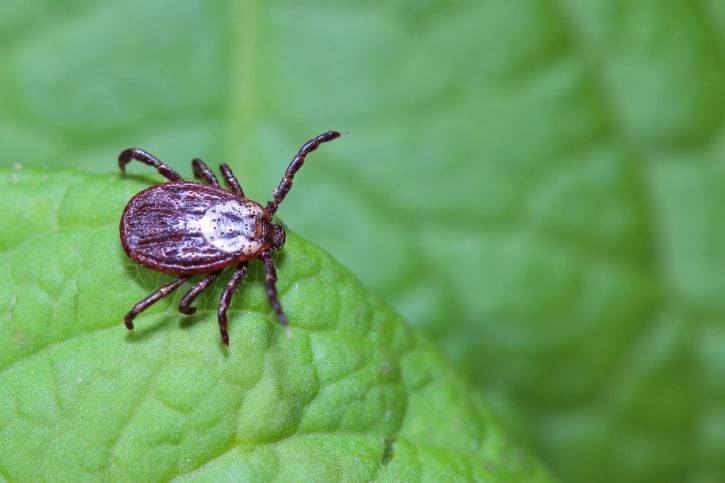
A: There can be distinct differences in blood-feeding arthropods’ (such as ticks and horse flies) attraction to individual horses. Some differences are inborn among these bugs; others are acquired after previous feeding exposure. Researchers are still learning which factors are important and how to use this knowledge to produce better repellents and protective chemicals for humans, horses, and livestock.
The factors that attract these bloodfeeders vary with the pest. For example, vision is important to horse flies. They see a dark moving shape in the distance and fly toward it. As they get closer, their senses check for other attractions, such as warmth, carbon dioxide, or specific skin odors. Often, dark-colored animals are more susceptible to attack from biting flies than light ones in the same herd because they are easier to see.
Ticks have limited vision so they rely on other senses. Hungry ticks climb vegetation and wait for a passing host. Ground vibrations from animal movement or carbon dioxide indicate a host is approaching. In theory, all horses pastured in the same field should pick up similar numbers of ticks. But once on a horse, the ticks might stay and feed or reject the animal and drop off without a blood meal. Over time, ticks continue to accumulate on “acceptable” animals; few will stay on those that have some sort of resistance mechanism
Create a free account with TheHorse.com to view this content.
TheHorse.com is home to thousands of free articles about horse health care. In order to access some of our exclusive free content, you must be signed into TheHorse.com.
Start your free account today!
Already have an account?
and continue reading.
Written by:
Lee Townsend, MS, PhD
Related Articles
Stay on top of the most recent Horse Health news with





